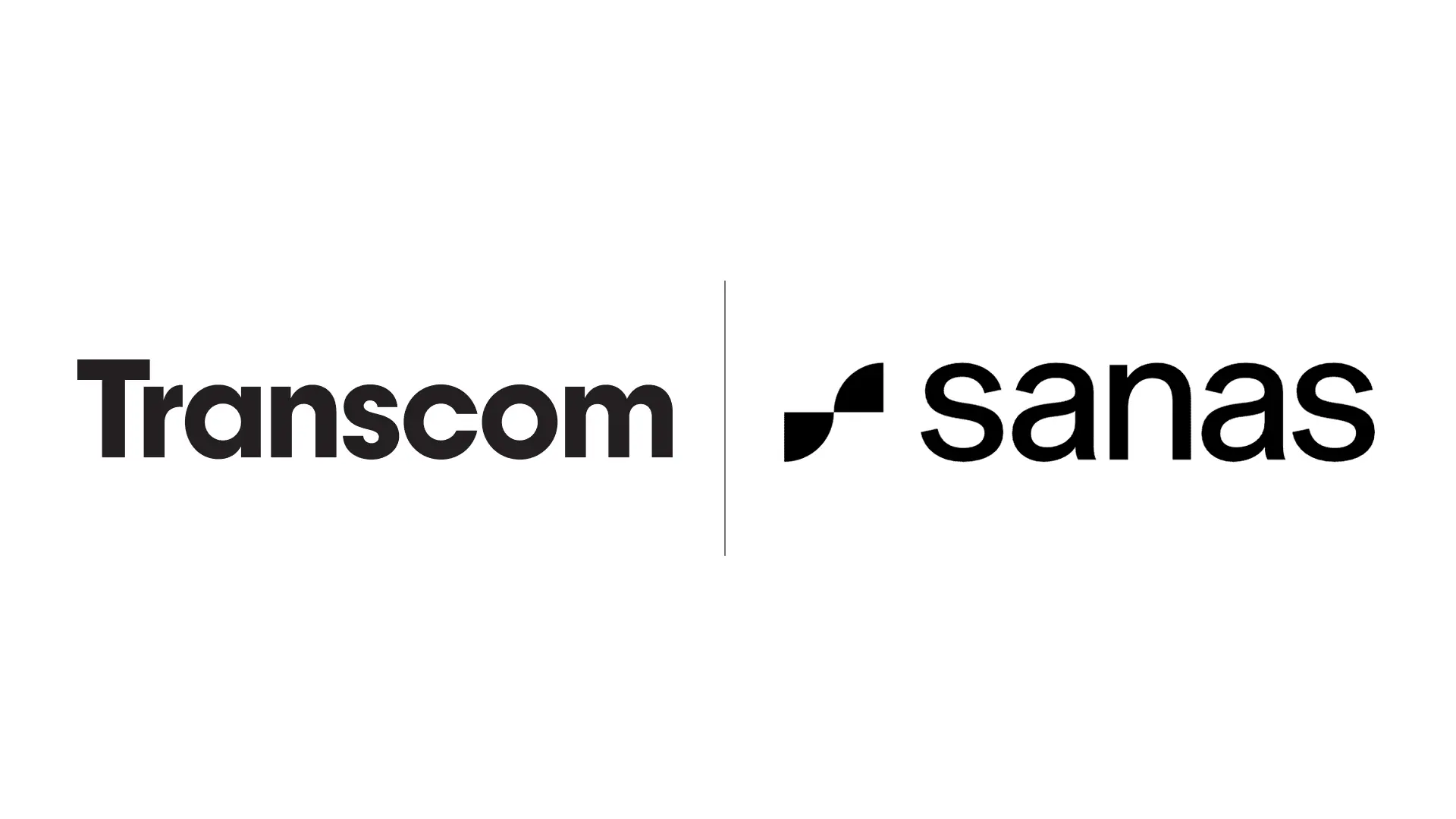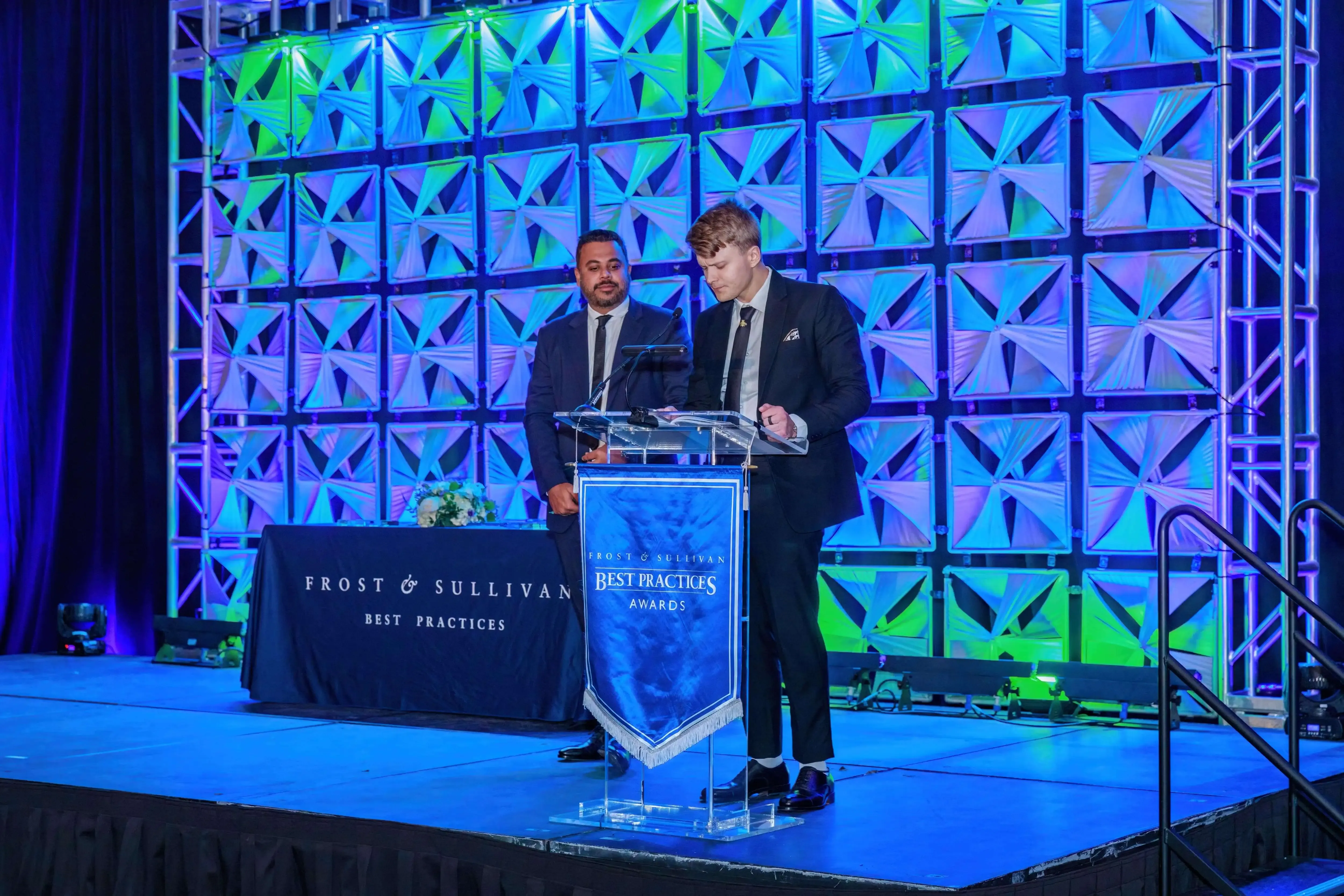Rewriting the Rules of Global CX: It’s Not About Cost, It’s About Who Gets to Thrive

This article originally appeared on the Transcom blog.
We’re entering a new era of customer experience, one that goes beyond efficiency gains and starts asking deeper questions:
Who gets served well? Who gets hired fairly? Who gets the chance to succeed?
For decades, CX strategy was measured by faster resolutions and lower costs. Even as technology advanced, the industry’s compass didn’t truly shift; it just found new ways to squeeze out minutes and dollars. But what if the real promise of AI and global operations isn’t about cost at all? What if it’s about creating more equitable access — enabling customers to be heard on their own terms, and giving talented people everywhere a fair shot, no matter where they’re from or how they sound?
This is where the most powerful disruption is happening — and Sanas is leading the charge with game-changing accent translation and noise cancellation technology. But transformation doesn't stop at innovation; it scales with strategic operations partner like Transcom to weave technological advances into a new, more equitable operating model. It’s the combination that delivers: powerful tech, applied by people who know how to use it.
The old model wasn’t built for today’s CX.
Traditional outsourcing models treated human differences — accents, cultural nuance, even emotion — as variables to control. Scripts were rigid. QA frameworks left little room for individuality. And language proficiency standards often filtered out capable people — not because they lacked empathy or problem-solving skills, but because of how their voice might sound to someone halfway across the world.
On the other side, customers with regional accents or limited fluency often struggled to feel clearly understood. Misunderstandings, repeated explanations, subtle friction — all too often dismissed as the “cost of service.”
Left unchecked, AI risked making this worse. Automate more. Human less. Standardize everything — including the humanity that makes service work.
But the real promise of AI isn’t to replace people. It’s to augment human potential by removing the barriers that keep us from being heard, valued, and effective.
This is where the combined approach of Transcom and Sanas stands out.
- Sanas provides what we call accent translation — transitioning speech from one regional sound to another — so a talented associate in Hyderabad, India can be instantly understood by a customer in Hamburg, Germany. This isn’t about erasing someone’s natural voice or identity. It’s about building clarity that honors both sides, reducing friction without forcing people to conform.
- Accent translation levels the hiring playing field by opening roles to people with empathy, brand fit, and problem-solving acumen — not just those who happen to sound closest to the customer.
- When intelligibility and understanding no longer cause moments of mutual frustration, emotional bandwidth is preserved for what really matters.
The critical piece? It’s the combination of Sanas’ technology and Transcom’s operations — from how we hire and train to how we build culturally fluent teams — that makes equitable, high-performance CX possible. Each makes the other more powerful, ensuring clarity and access are built into every interaction.
And this is just the beginning. Sanas’ newest capabilities breakthrough, real-time voice-to-voice translation, has the potential to revolutionize how humanity connects across languages, not just accents. Imagine a conversation where a customer speaks in Spanish, the agent replies in Japanese, and both hear fluent English in real time. It’s no longer science fiction. With Transcom’s operational expertise, that future is within reach. Not just frictionless, but truly melting borders.
“At Sanas, we’ve never believed in changing people to fit systems — we believe in changing systems to better serve people. Accent translation is just the beginning. When you combine our technology with a partner like Transcom, who truly understands the operational layer of global CX, you’re not just solving for clarity — you’re unlocking opportunity at scale.” - Sharath Keshava Narayana, CEO & Co-founder, Sanas
“This isn’t about deploying the latest tech, it’s about creating customer experience operations that unlock the full potential of people. Our partnership with Sanas enables a model where capability, empathy, and insight drive success.” - Brian Johnson, President & CEO, Transcom
Why this matters: CX is now a strategic advantage, not just a service layer.
Anyone can plug in a chatbot. Anyone can promise empathy on a slide deck. But few brands are overhauling their entire customer experience architecture to make equity — for customers and employees alike — a true source of growth.
That’s the difference when you pair Sanas’ breakthrough in accent translation with Transcom’s holistic CX operations. Together, they don’t just smooth conversations — they rewire how global support functions, so:
- Customers feel naturally understood, no matter where the agent is located.
- Agents stay longer and perform better because they’re valued for their insight and empathy, not judged on how closely they mimic a foreign accent.
- The entire system handles complexity behind the scenes, delivering simpler, more human experiences on the front lines.
This isn’t about layering on new tech. It’s about building an operating model where equitable communication becomes a competitive edge — transforming traditional cost centers into engines of opportunity and brand loyalty.
The hidden upside: human work becomes more human, not less.
Most BPOs won’t admit this: as AI takes over more routine interactions, what’s left for humans is harder.
The average agent today handles what automation can’t — emotionally charged complaints, nuanced scenarios, complex product issues. These are the interactions that truly shape lasting perceptions.
So if your support model is still measured by simple handle time or static CSAT, you’re missing what these conversations require:
- Emotional effort that can’t be tracked by traditional KPIs.
- Guidance systems that surface the right next-best actions without stripping away human judgment.
- Training that goes beyond compliance into cultural fluency and situational creativity.
This is why the Transcom + Sanas ecosystem is so powerful: it’s not interesting because it’s a tech overlay. It’s interesting because it’s designed around this new reality — where people step into higher-stakes conversations and need systems that reduce friction, protect confidence, and give them room to perform at their best.
So what now?
If you're still designing CX around legacy KPIs, or treating AI as a bolt-on, you're falling behind.
The leading brands are doing something different:
They're using technology and operational design to expand access, improve clarity, and elevate the experience, for customers and customer experience teams alike. Most articles still talk about efficiency. Most competitors still frame “CX plus AI” as a surface-level productivity story. But the best brands already see the deeper opportunity: using these tools to reshape who gets to participate and prosper especially as human roles evolve to handle the complex, emotional moments automation can’t.
Watch how it all comes together.
We recently sat down with Sanas co-founder & CEO Sharath Keshava Narayana and our own President & CEO Brian Johnson, moderated by Frost & Sullivan’s Michael DeSalles, for a boardroom-level conversation about how these partnerships are rewriting the playbook.
If you’re shaping CX strategy, exploring AI or global delivery, or simply want to see what the future of equitable, high-performance CX looks like in practice — this is essential viewing.












